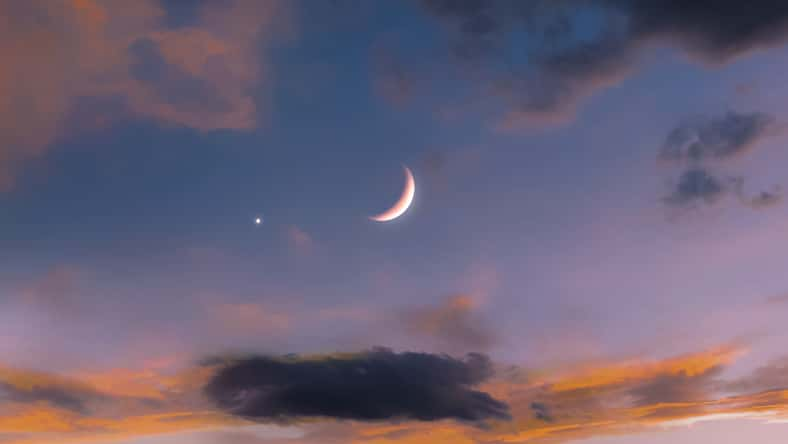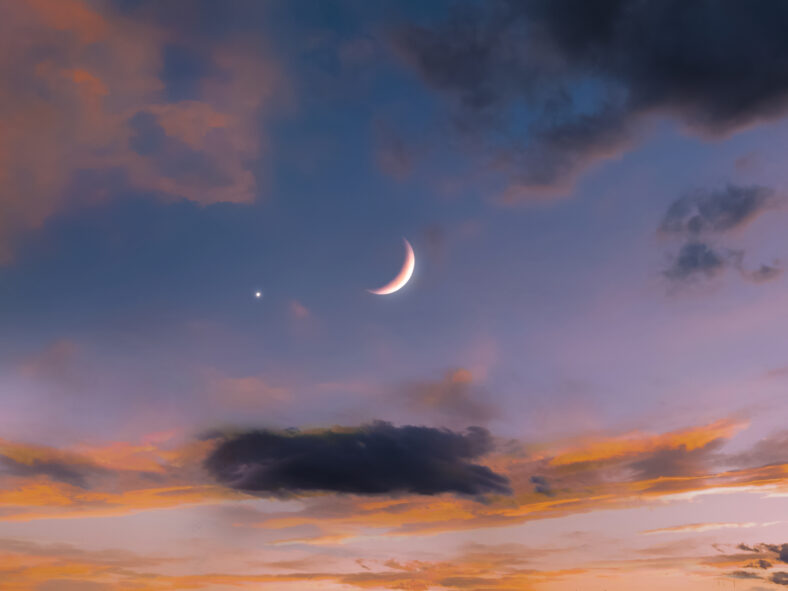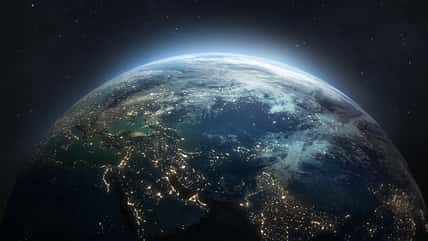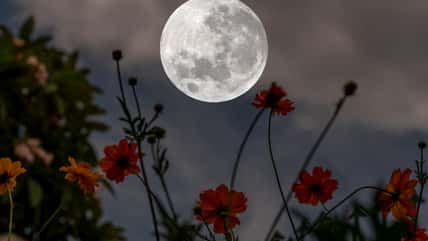How You Can Watch Venus On Valentine’s Day, Which Is Fitting Since It’s The Planet Of Love

Forget roses and chocolates—instead, feast your eyes on a celestial show and take in the beauty of the cosmos.
This year, the planet Venus will be at its best and brightest on Valentine’s Day, so head outside after the sun sets and look up at the sky for a romantic end to your night! There’s nothing like a good stargazing session to impress your date.
Venus is the second planet from the sun and is named after the Roman goddess of love, beauty, and fertility.
It’s always the brightest planet in the sky because of its proximity to Earth and the reflective nature of its cloudy atmosphere, but on February 14, it will be more brilliant than usual.
The planet won’t appear this bright in the evening sky again until September 2026. Venus reached its high point in the evening sky on January 10 and will sink toward the sunset on March 22. Its most vivid appearance will take place between these two dates.
Around sunset on the evening of Valentine’s Day, Venus will show up at roughly 40 degrees above the horizon for viewers in North America.
Make sure to look toward the southwestern sky so you don’t miss it! You can use a backyard telescope or a pair of strong binoculars to see Venus more clearly, but it should still be visible to the human eye.
The brightness of Venus is related to its orbit around the sun and how close it is to Earth. Currently, Venus’ orbit is bringing the planet closer to Earth, which makes it look brighter. As it approaches our planet, it appears more like a crescent.
On February 14, Venus’ surface will be 27 percent illuminated. By March 1, only 14 percent of the surface will be lit.

Sign up for Chip Chick’s newsletter and get stories like this delivered to your inbox.
Another reason why Venus looks so bright from Earth is because it is covered in dense clouds. The clouds reflect 70 percent of the sunlight that reaches Venus.
Venus is nicknamed the “evening star” and the “morning star” because it is visible at sunset or sunrise, depending on its position.
Right now, it can be seen in the night sky, but in April, you can spot it in the morning sky. On April 27, the planet will have achieved its highest morning sky brilliance.
Venus is not the only star of the show this month. On February 12, the full moon, also known as the Snow Moon, was a stunningly glowing spectacle.
And, at the end of February, you’ll have the chance to see seven planets in the night sky. Mercury, Venus, Mars, Jupiter, and Saturn will be visible to the human eye, while Uranus and Neptune can be seen through a telescope or binoculars.
More About:News





